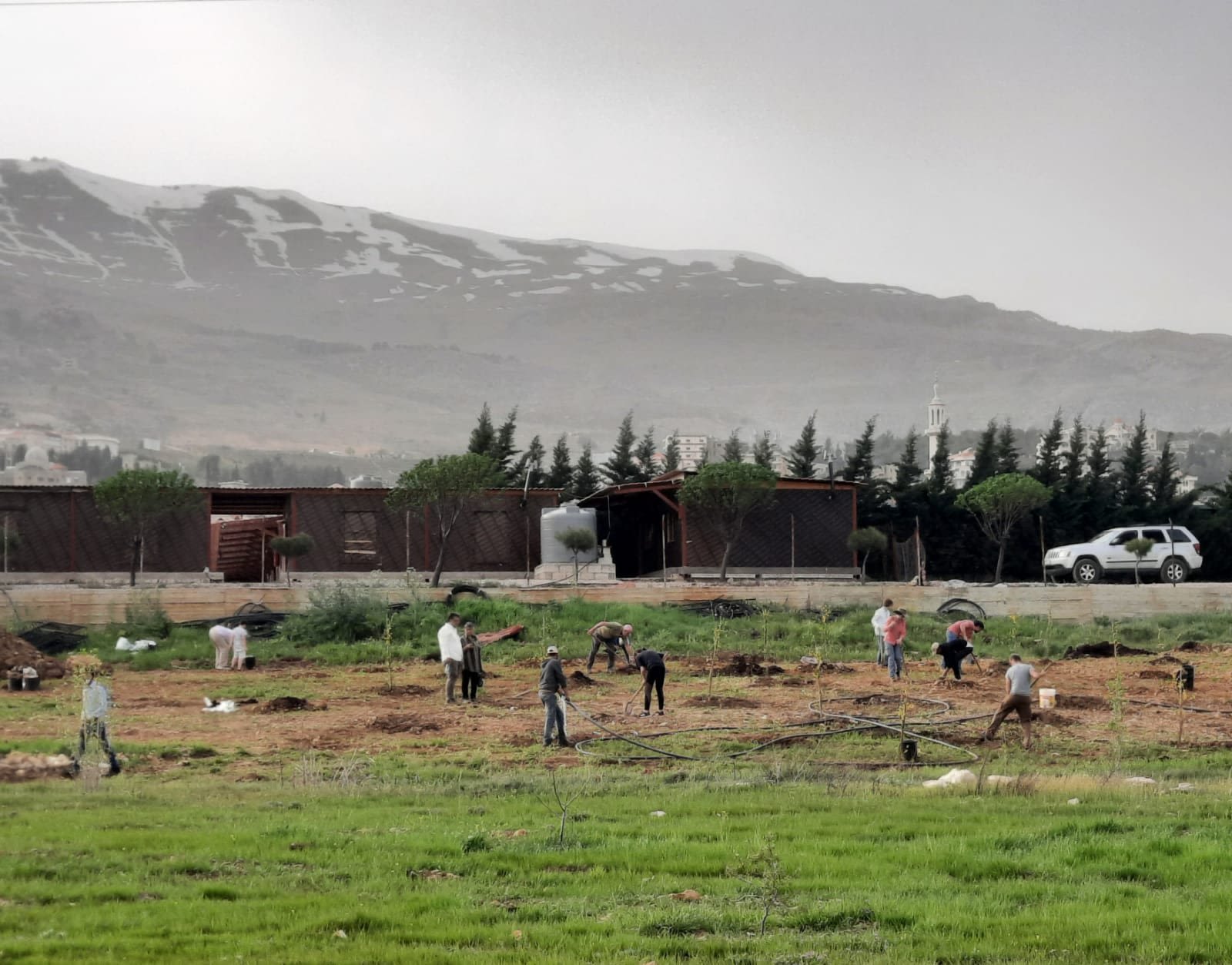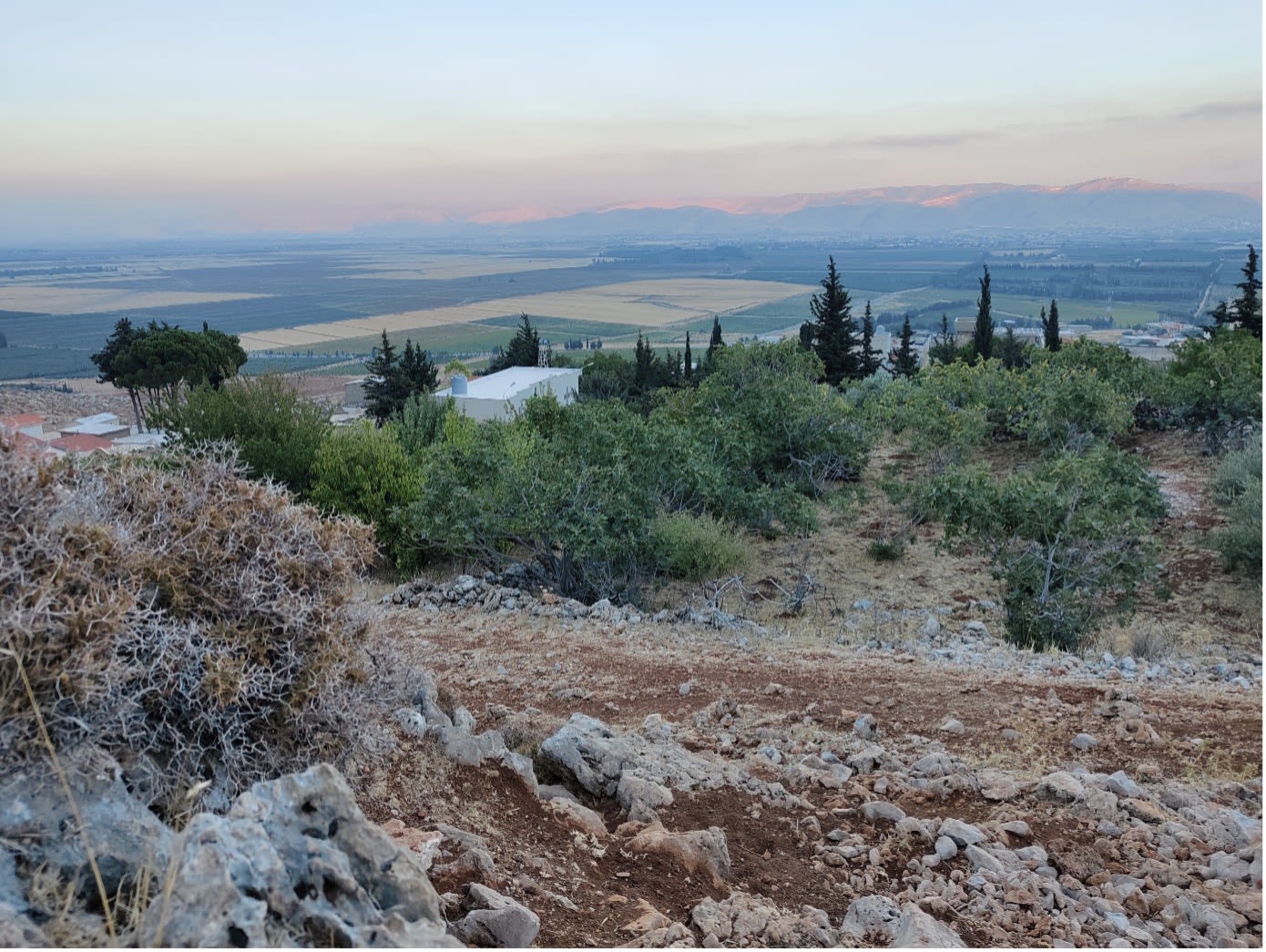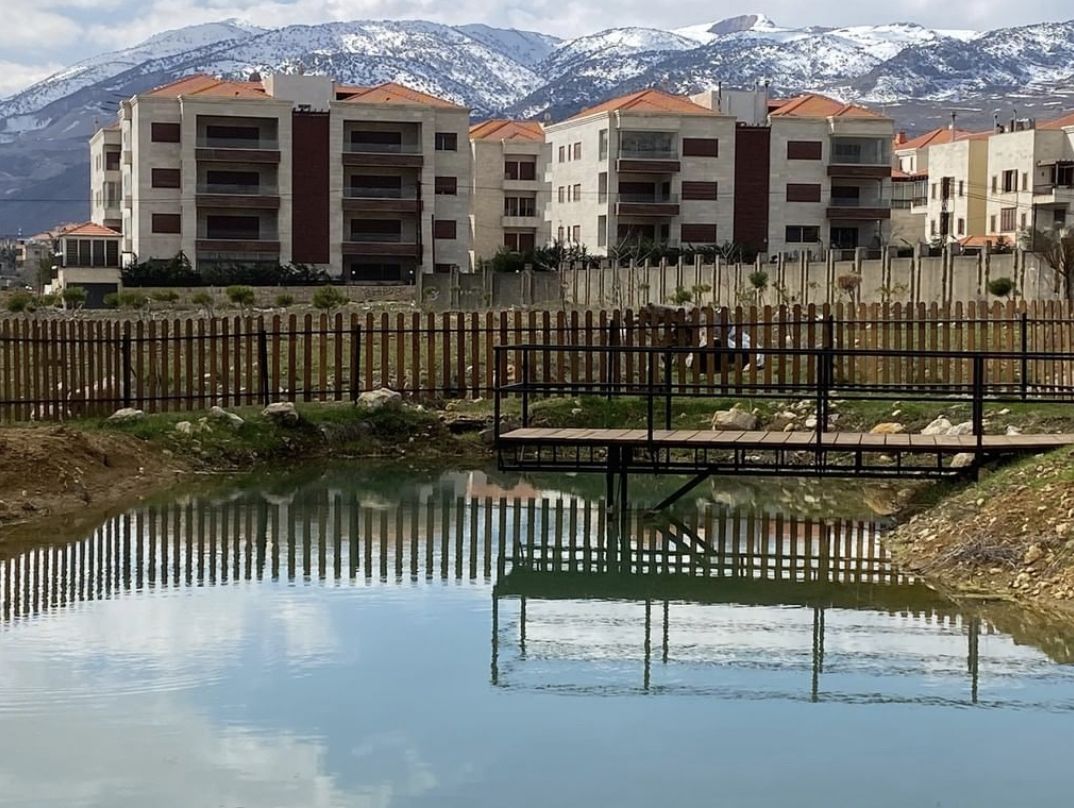A Rocha Lebanon
A Rocha Lebanon was founded in 1996 with its initial focus on saving the Aammiq marshes from destruction. Beyond Aammiq, A Rocha has gained valuable experience working alongside government departments, nature reserves, and international conservation bodies. This includes scientific research, practical conservation, and environmental education.

Map of A Rocha Lebanon's Key Projects
Let's zoom in together for a brief history of the Aammiq Wetland.
Our initial focus was to save the Aammiq marshes from destruction. The Aammiq Wetland is Lebanon’s most significant remaining natural freshwater site, one of all too few in the Middle East. This major stop-over site for migrating birds was under severe threat. Due to the work of A Rocha the reduction of its habitats has been reversed and it is now a designated Ramsar site. Most recently in 2005, it was designated with Al Shouf Cedar reserve a “Man and Biosphere Reserve” by UNESCO.
Started in August 2017, this conservation project aims to provide open spaces for public recreation and environmental education to serve the village of Mekse and its surrounding refugee communities. Native trees and shrubs provide food for wildlife, so that in time, the park will also offer habitat for birds, reptiles and invertebrates.
Now, follow along as we zoom in on a map of Mekse Nature Park to see what's planned for 2022-2025!
Mekse Nature Park is being created on a three-hectare plot of land, made available by the Municipality of Mekse.
An indigenous species was declared extinguished. But A Rocha Lebanon identified it few years ago in the Aammiq Wetland that we restored. An official identification and a procedure of protection will be conducted in cooperation with A Rocha International.
A key part of this forest garden will be to nurture edible plants, like these existing fruit trees, with the help of an association of local gardeners. This will also help the project be more sustainable in the long-term, as the fruits can be sold in the community.
As part of A Rocha Lebanon's wider vision, the Mekse project will also include a spiritual component. We hope to one day see a vast network of churches across Lebanon as local centers of creation care in the community – shining beacons of hope for a brighter environmental future.
The Bekaa valley is a worldwide hotspot for migrating birds, as well as an undiscovered treasure of pollinating insects. Mekse is a strategic starting point for studying the biodiversity of this rich area.
With the help of local gardeners, we will establish an aquaponic system for vegetable production and fish farming. Nearby, there will be a shelter for raising hens and rabbits.
This beautiful pond is loved by kids because of its turtle population! On this note, two schools are adjoining the land. We will develop an educational program with teachers on biodiversity, gardening, food independency, and composting.
Alongside this nature garden, we are also continuously updating Wildelebanon.org, a resource developed by A Rocha and dedicated to biodiversity in Lebanon. It is one of the most visited websites on the topic.
Another key aim of this nature park is to give back to the community and provide a clean space to enjoy nature.
By training local gardeners and equipping the municipality, we can ensure long-term forest gardening and land management.
We've already begun building rammed-earth hives, a traditional method of beekeeping in Lebanon. This return to the old methods also frees beekeepers from their dependency on the global market for imported materials
Our vision for Mekse is to see a forest garden come to life. As the community cares for biodiversity, so also will the biodiversity care for the community.
On a 7 acres public land of the municipality of Mekse, previously used as a landfill, we aim at developing a “forest garden”, which is an ecosystem of a forest that contains mainly edible and perennial plants. We will mobilize the inhabitants of Mekse to execute the following:
First, continue to restore the soil, by importing a large amount of biomass, such as organic wastes, cardboard, and animal manure.
Second, survey the recolonization of the land by soil life, such as pollinating insects and migrating birds.
Third, train local volunteers in forest gardening and land management skills. In the long term, the selling of the by-products of the land will give to the project economic independence.
Some secondary goals will supplement these main objectives, like a conservatory for traditional beekeeping methods and hives, an aquaponic system for vegetable production and fish farming, and an area of the land will be dedicated to the vegetal symbolism of the religious heritage.



